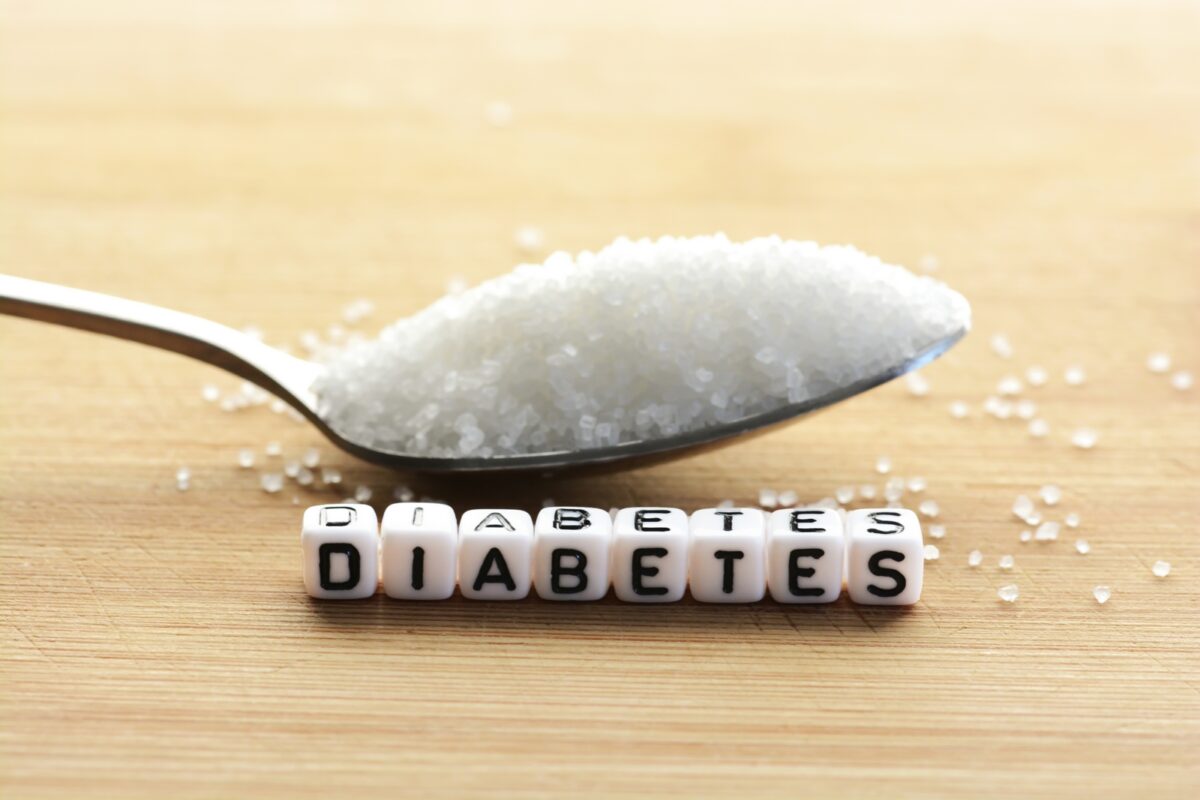Worldwide there were approximately 469 million adults with diabetes in 2019. According to the International Diabetes Federation, this number will almost double by 2045¹. A side effect that often comes with the disease: Wounds tend to heal slower. And a small wound can progress quickly and develop further. What are the main reasons? And how can you prevent any complications?
As patients with diabetes often suffer from slow wound healing, they not only have to regularly check their blood glucose levels. The examination of small wounds, cuts and scratches all over the body is as important to prevent them from developing into an abscess or ulcer.
Why high blood glucose levels cause slower wound healing
The blood glucose – or blood sugar – level has a major influence on wound healing. If it is higher than normal, the following happens in the body:
- The cells are not supplied with enough energy, nutrients and oxygen.
- The immune system functions less efficiently.
- Inflammation in the body’s cells increases.
With high blood glucose levels the risk for an infection of wounds rises. The main raison: Bacteria live off the extra sugar that is in the bloodstream. Due to the weakened immune system, the body has difficulty fighting off those bacteria. As a result, wound healing is slower and an infection is becoming more likely.
How diabetic patients can support wound healing
The following measures help to support wound healing for patients with diabetes:
- Regular self-checks of wounds all over the body
- Footcare is crucial
- Immediate cleaning of new wounds
- Regular changing of dressings and the use of special wound dressings to reduce pressure
- The timely removal of excess tissue
Early recognition of diabetic wounds is the best way to reduce the risk of any complications. For this reason, type 2 diabetics should perform regular self-checks and treat wounds immediately. Furthermore, they should check the healing process regularly.
Although minor cuts, scrapes and scratches can occur anywhere on the body, our feet are particularly prone to injury. In patients with diabetes, even a small wound on the foot can develop into an ulcer or – in the worst case -a diabetic foot.
Diabetic neuropathy
A large number of diabetes patients suffers from neuropathy. This condition affects the nerves and can result in the loss of feeling. It often occurs in the feet (diabetic foot). As patients with this condition do not feel it, they may not realize that they have a cut, blister, ingrown toenail or callus. Thorough regular check-ups and taking care of the feet are therefore particularly important.
How to best take care of wounds
To support healing of larger wounds, it is crucial to change dressings regularly. This reduces bacteria and maintains adequate moisture levels in the wound. Doctors also recommend using special dressings that put less pressure on the affected area. Too much pressure could cause closures that harm the skin and potentially cause a deeper wound.
In addition, excess tissue is common in diabetic wounds. It should be removed regularly to better monitor the wound and remove bacteria that increase the risk of infection.
Regenerative Therapy & wound healing
Regenerative Therapies are reconstructive treatment options with the potential to boost the regeneration, repair or replacement of a patient’s own tissue. Human Cell and Tissues Products (HCT/Ps) are dedicated to treat disease by accelerating the regenerative powers of the body.
As it promotes the regeneration, repair and reconstruction of the injured tissue and skin, Regenerative Therapy has the ability to accelerate and promote wound healing for patients with diabetes. Find out more about Regenerative Therapy here.
1: https://idf.org/aboutdiabetes/what-is-diabetes/facts-figures.html

